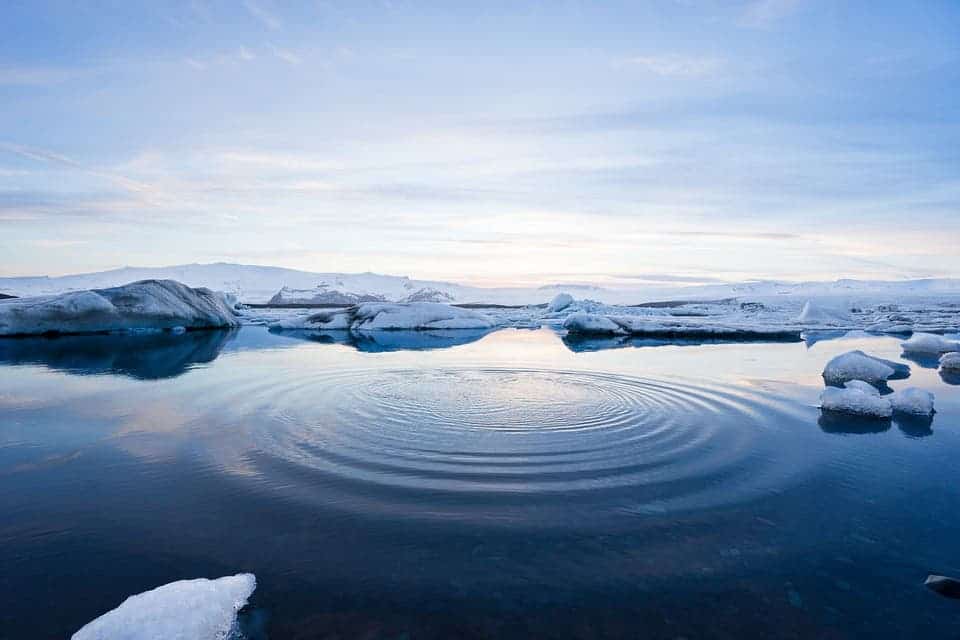The Arctic is seeing a buildup of pollutants linked to fossil fuels.

A team of researchers from Penn State, the University of Michigan, Purdue University and the University of Alaska Fairbanks found nitrogen dioxide at a remote site in Alaska. They explain that nitrogen dioxide is a pollutant produced by the extraction and burning of fossil fuel, and it forms chlorine compounds as it degrades, affecting the natural chemistry of the area.
We know that the Arctic is changing rapidly, but we need more observations to understand how our economic decisions, related to development and shipping, impact the natural system through links that may not immediately be obvious,” said Kerri Pratt, assistant professor of chemistry at the University of Michigan, and lead author on the study.
Nitrogen dioxide naturally breaks down in the atmosphere. One of the compounds it leaves over, dinitrogen pentoxide (N2O5), reacts with chloride-containing aerosols — produced by reactions within the snowpack or by sea spray. This leads to a buildup of nitryl chloride (ClNO2) gas in the atmosphere, the substance that the team tracked.
They report observing elevated levels of several chlorine precursors in the study. Overall concentrations in the region were highest when air masses traveled here from the direction of Utqiaġvik, Alaska (formerly Barrow, about a mile and a half away). The same was observed when air masses were incoming from the North Slope of Alaska (Prudhoe Bay) oil fields, about 200 miles to the southeast.
Nitryl chloride builds up and spreads at night as direct sunlight converts the gas into highly reactive chlorine atoms that bind with other compounds in the air. Atmospheric chloride compounds are naturally-occurring, but it is unclear how increased production of such gases will affect the local environment and ecosystems.

“This study shows that if we continue burning fossil fuels in the Arctic and producing these gases, it will further impact this beautiful balance we have had there for ages,” said Jose D. Fuentes, professor of atmospheric science at Penn State and paper co-author.
“And that could accelerate the environmental changes we are seeing in the Arctic.”
More work is needed to understand the potential effects in the region, the team explains. However, so far the results show that increased human activity, especially any involving the use or extraction of fossil fuels, have an effect on the overall chemistry of the Arctic. Those effects would continue to grow “throughout the Arctic” if shipping and extraction activities increase, Fuentes concludes.
The paper “Springtime Nitrogen Oxide-Influenced Chlorine Chemistry in the Coastal Arctic” has been published in the journal Environmental Science and Technology.






